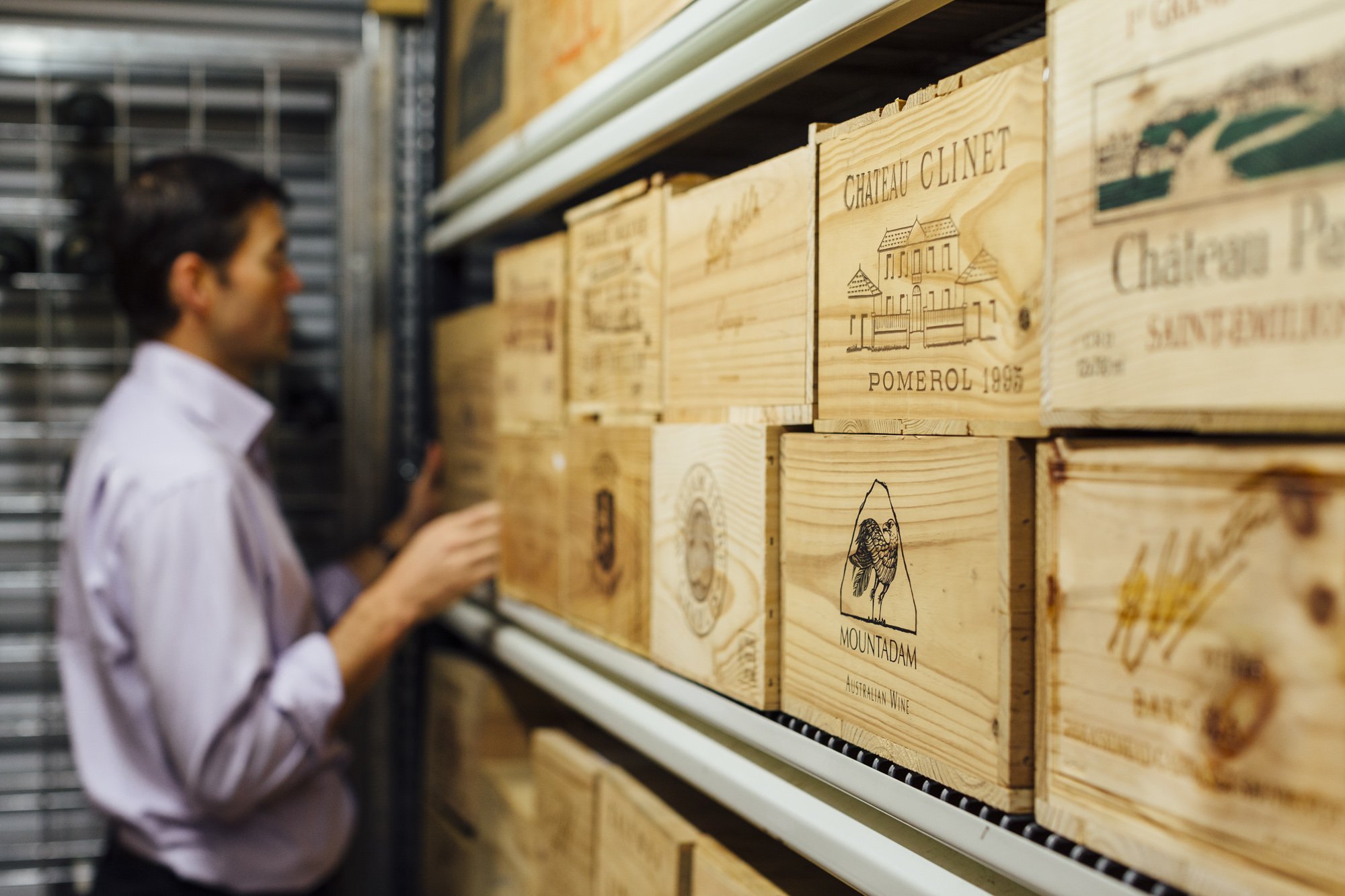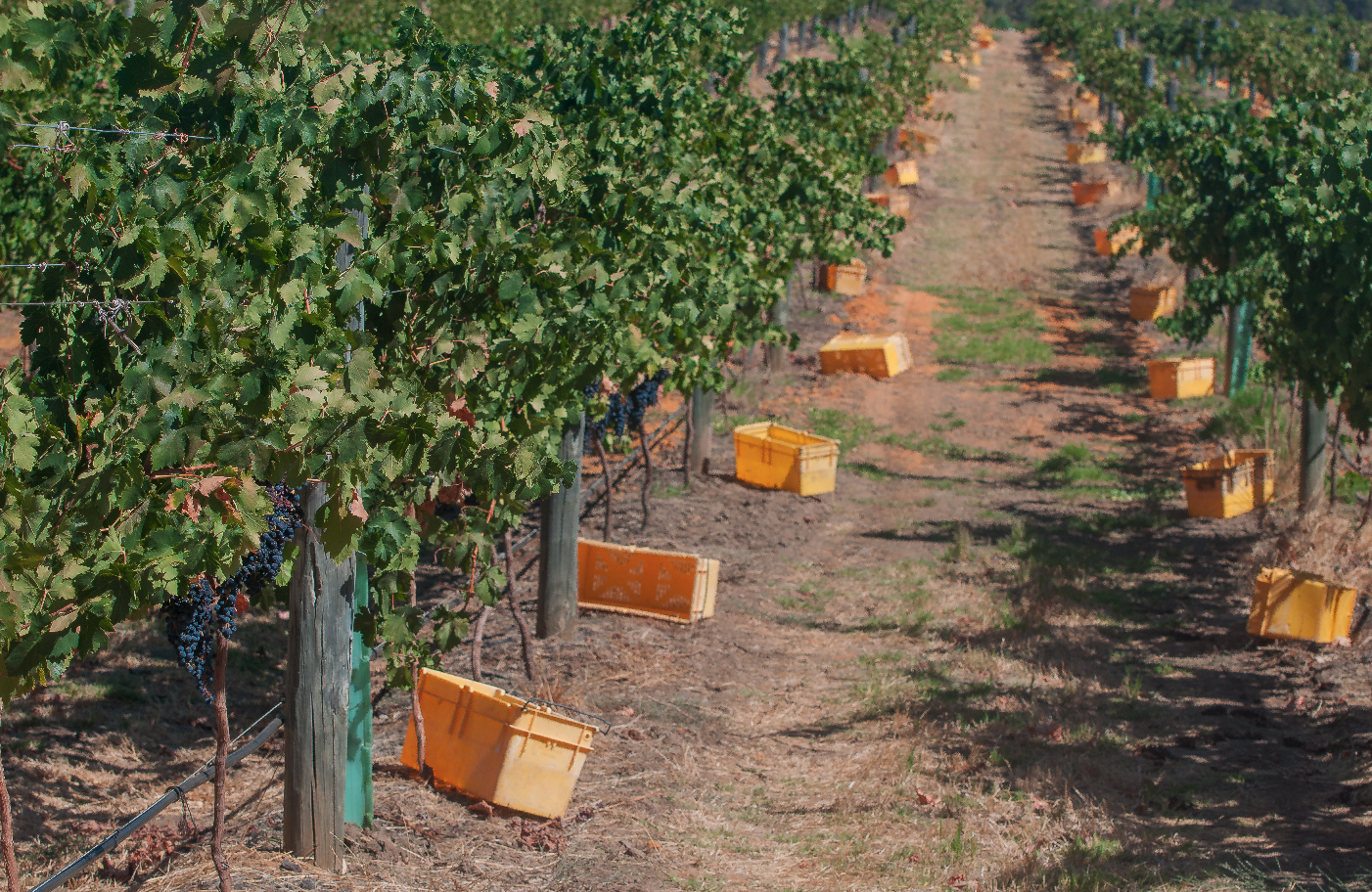According to Wine Australia’s latest Export Report, released publicly this morning, the overall value of Australian wine experienced an overall value increase of 17% over the past year to its current worth of $2.2 billion. Despite this being its highest value since September 2021, almost all of the growth has occurred due to a surge in exports priced $20 and above to mainland China. According to Wine Australia’s Manager of Market Insights Peter Bailey, this export data isn't necessarily an accurate reflection of bottles being sold.
“While the figures are very positive, they represent the re–stocking of Australian wine in the pipeline of a major market after a long absence and do not necessarily equate to retail sales,” he said.
“It will take some time before there is a clearer picture of how Chinese consumers are responding to the increased availability of Australian wine in-market.”
In the 12 months up to June 2024, Australian wine imports into mainland China totalled 33 million litres by volume and $400 million by value, a monumental increase from the 2 million litres and $8 million dollars of one year ago. This positions Mainland China as the current number one export market by value and the fourth most important by volume. However, “the volume of exports at 33 million litres, is relatively small, equating to less than five per cent of Australia’s winegrape harvest in 2024 and so is unlikely to make a significant impact on the current oversupply of red winegrapes, particularly in the big volume-producing warm inland regions,” said Bailey.
Furthermore, despite the value increases, the overall volume of Australian wine exports decreased by 0.2% on the year prior. Whilst Asia increased 59% by value to its global market share of 46% and net worth of $1,014 million, Europe dropped 5% to a value of $527 million and North America dropped 4% to a value of $505 million. Other than mainland China, no other top five export market experienced a volume increase over the past 12 months, and Hong Kong was the only other top five market that increased by value, up 25%. This is a cause of concern should Australian wine imports into China not maintain their current momentum.
Peter Bailey warns, “consumption of both domestic and imported wines in mainland China is less than a third of what it was six years ago and thus it is very unlikely that Australian wine exports will return to those previous peaks in the short to medium term.”
The IWSR’s Research Director for Greater China Shirley Zhu adds that “the recovery in China during 2023 wasn’t as smooth or strong as many had expected, with inconsistencies between categories and price tiers.
“Still wine’s declines are likely to continue, with an anticipated 2023-28 volume CAGR of -2%.”
Despite Wine Australia’s cautionary messaging echoing that of Australia’s wine producing industry itself, the challenges being experienced internally within China are affecting all wine exporting nations looking to capitalise on the Chinese market. This has seen overall volume of exports decrease 14% in New Zealand, 7% in France, 2% in Spain, 7% in Chile, 12% in South Africa, and 5% in Germany.
“China removed the tariffs on Australian wine in March 2024, and an influx of Australian wines can already be seen,” said Zhu.
“This is likely to take volumes away from some other countries of origin, but total wine consumption is unlikely to rise suddenly.”
Despite this, Australian wine exporters have had mixed experiences re-entering the Chinese market. Recently, Drinks Trade published this article asking wine producers about their experience of re-entering the Chinese market. Responses included Laurence Lau, Regional Director of Asia at Wakefield, the export name of Taylors, saying he had been “overwhelmed by [interest by] Chinese importers, buyers and regional distributors,” and Rathbone Wine Group’s CEO and Winemaker Darren Rathbone saying it had “slower than I’ve hoped… [and] just generally feels a bit flatter… It feels like, having been out of the market for five years, a lot of other people have come in and taken our space.”
Following China, the US and the UK are Australian wine’s most important export markets. Both experienced notable volume and value decreases over the past year, with the UK market dropping from 220 to 217 million litres and from $364 million to $353 million, and the US from 135 to 124 million litres and from $359 million to $357 million in value.
Peter Bailey said, “global trading conditions remain very challenging with wine consumption continuing to fall in many markets around the world due to moderation trends and cost of living pressures. There are also enduring problems in shipping, with a shortage of ships globally and freight and charter rates on the rise.”
Regarding varietal performance, Australia’s red wine producing sector experienced a much needed, albeit still slight, positive sign, increasing 3% by volume and 27% by value. This includes Cabernet Sauvignon growing 41% to a value of $469 million and 12% to a volume of 70 million litres.
“In terms of red wines Australia is still by far the most preferred, in particular shiraz,” said Kilikanoon’s Travis Fuller in a recent article in which Drinks Trade asked Australian wine exporters about China’s changing tastes.
“They still enjoy the rich, fruit forward styles that are produced so readily here. Some small adjustments that we often hear when speaking to buyers in the markets is that ‘fresh is best,’ [with] the latter vintages – 2021, 2022 reds – more sought after. Low and soft tannins to ensure no grip on the palate as well and no sediment.”
//
Jeremy Oliver, the Aussie wine critic most active in China, explains the post-tariff market
Vinexpo Asia: Experts on China’s wine market give advice to Australian producers
Marketing to China: ways buying habits have changed since onset of tariffs
How have tariffs changed China’s wine industry and what does this mean for Aus?
Share the content










